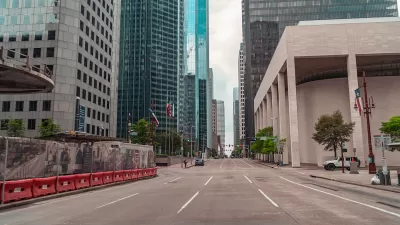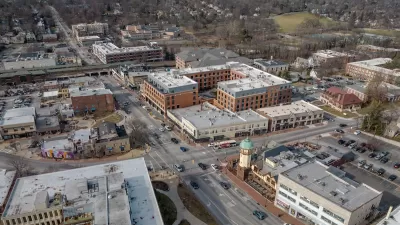An emerging field of ‘neuroarchitectural’ research is revealing how building facades and urban design impact the human brain and body.

The impact of urban design and architecture on the human psyche has been discussed by writers for decades, and, according to a piece by Thomas Heatherwick in Wired, planners and architects are starting to take note.
From the second half of the 20th century, pioneering thinkers such as American author and activist Jane Jacobs and Danish architect Jan Gehl began highlighting the inhuman way our cities were being shaped, with boring constructions, barren spaces and brutal expressways.
According to Heatherwick, planners and builders were long inconvenienced by the truths told by activists such as Jane Jacobs and Jan Gehl. “But the recent availability of sophisticated new brain-mapping and behavioral study techniques, such as using wearable devices that measure our body’s response to our surroundings, means it is getting much harder for the construction industry echo chamber to keep ignoring the responses of millions of people to the places it has created.”
Heatherwick explains how the study of “neuroarchitecture” has been growing around the world, with researchers understanding more about how the built environment affects how humans feel when navigating and existing in it. “Very soon, I believe, property developers may have to treat neuroscientific findings as key information to be weighed up alongside structural-load calculations, energy efficiency, lighting, and acoustics. And the person in the street will welcome this change.”
FULL STORY: It's Official: Boring Cities Are Bad for Your Health

Maui's Vacation Rental Debate Turns Ugly
Verbal attacks, misinformation campaigns and fistfights plague a high-stakes debate to convert thousands of vacation rentals into long-term housing.

Planetizen Federal Action Tracker
A weekly monitor of how Trump’s orders and actions are impacting planners and planning in America.

In Urban Planning, AI Prompting Could be the New Design Thinking
Creativity has long been key to great urban design. What if we see AI as our new creative partner?

King County Supportive Housing Program Offers Hope for Unhoused Residents
The county is taking a ‘Housing First’ approach that prioritizes getting people into housing, then offering wraparound supportive services.

Researchers Use AI to Get Clearer Picture of US Housing
Analysts are using artificial intelligence to supercharge their research by allowing them to comb through data faster. Though these AI tools can be error prone, they save time and housing researchers are optimistic about the future.

Making Shared Micromobility More Inclusive
Cities and shared mobility system operators can do more to include people with disabilities in planning and operations, per a new report.
Urban Design for Planners 1: Software Tools
This six-course series explores essential urban design concepts using open source software and equips planners with the tools they need to participate fully in the urban design process.
Planning for Universal Design
Learn the tools for implementing Universal Design in planning regulations.
planning NEXT
Appalachian Highlands Housing Partners
Mpact (founded as Rail~Volution)
City of Camden Redevelopment Agency
City of Astoria
City of Portland
City of Laramie





























